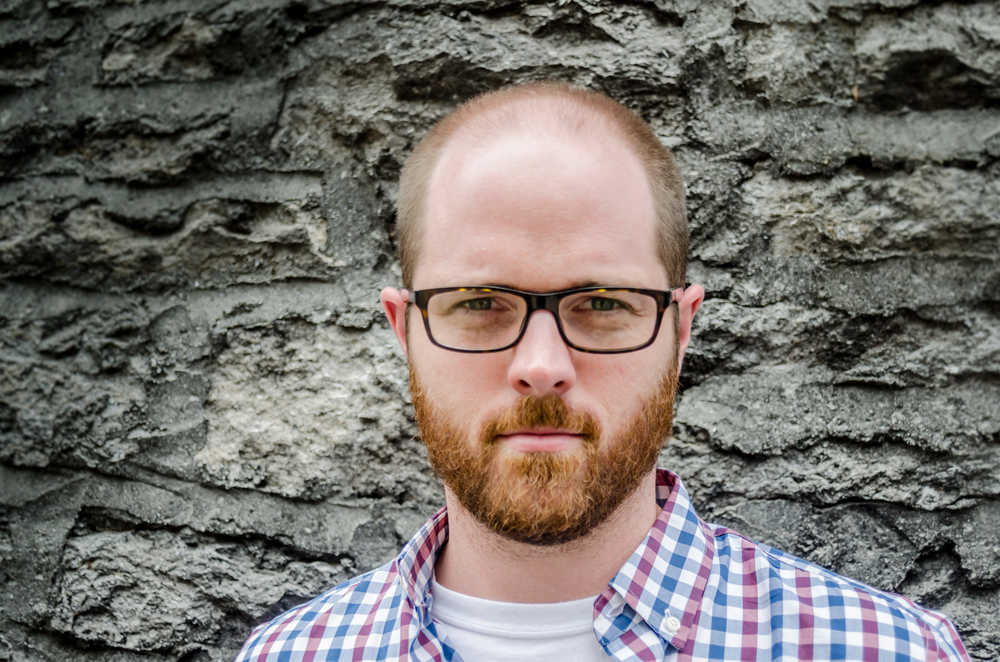Amblyopia in Adults

Adult Amblyopia Improvement
Amblyopia is a condition where the vision is decreased in one or both eyes due to abnormal development of vision in infancy or childhood. Another word for amblyopia is often “lazy eye.” It is the leading cause of vision loss amongst children. Vision loss occurs because nerve pathways between the brain and the eye aren’t properly stimulated. The brain “learns” to see only blurry images with the amblyopic eye even when glasses are used. Amblyopia usually develops during early childhood in the form of strabismus (wandering eye/ squint) or anisometropia – one eye being strongly near-sighted or far-sighted compared to the other eye.
Causes of Amblyopia
Amblyopia can be caused due to several reasons. The most common cause is a refractive error in one or both eyes that is not corrected early in childhood resulting in poor development of the visual function in the affected eye/s. Another common cause is strabismus or eye misalignment. There are some instances where it is caused by a squint eye that leads to double vision. Another reason for the cause of amblyopia is due to unequal focus. This happens when one of the eyes is more farsighted or nearsighted than the other one. Congenital cataract might also lead to amblyopia where the clear lens is clouded and leads to poor vision.
Normal vision develops during the first few years of life. At birth infants, have very poor vision. Vision improves as they use their eyes and the vision centers in the brain are developing. When infants are not able to use their eyes, the vision centers do not develop properly, and their vision is decreased. So, it is important to make sure to get it corrected as early as possible to avoid the irreversible condition.
Amblyopia Treatment
One of the most important treatments for amblyopia is correcting the refractive error using glasses and/or contact lenses. Additional amblyopia treatments are to enable one to see an image as clearly as possible (for example, by removing a cataract), and forcing the child to use the weaker eye (via patching or eye drops to blur the better-seeing eye). Another classic treatment for lazy eye is a surgical operation for strabismus. The surgery is then followed by occluding the strong eye to force the brain to use the weak eye and stimulate the area in the brain responsible for processing vision. This, however, should be done at the critical period when the brain is still developing, typically before the age of 6-9.
It is possible to improve amblyopia after the age of 9 with RevitalVision technology. RevitalVision neural training is the only clinically and scientifically proven treatment, that can effectively treat adult amblyopia.
Click on the link to learn more about RevitalVision Amblyopia Therapy.